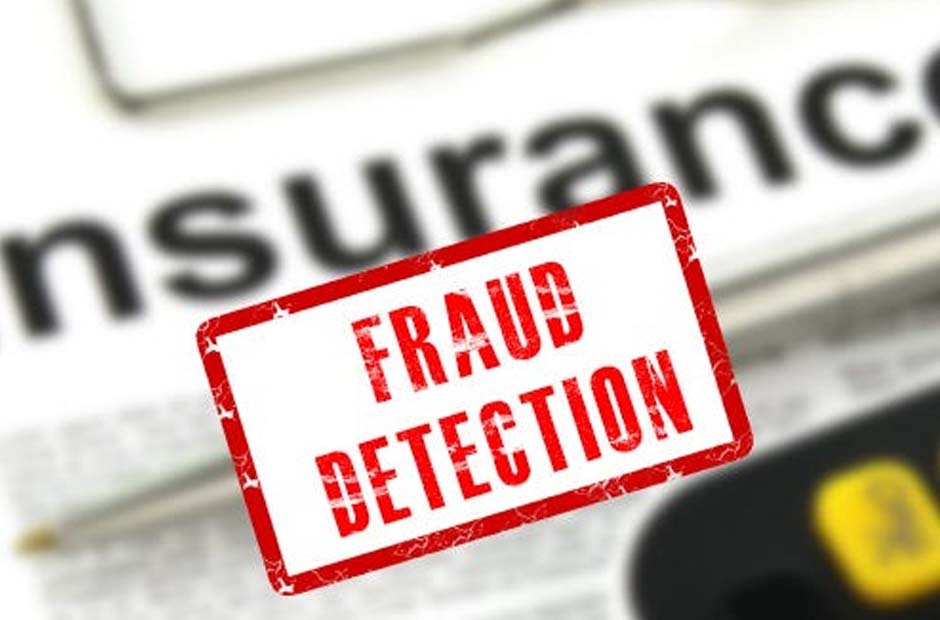Insurance fraud is a pervasive issue that has damaged the industry for years. It leads to financial losses, increased premiums for honest customers, and strains on available resources. To counter this menace, the insurance sector is increasingly turning to advanced software solutions designed to detect and prevent fraudulent activities. This article delves into the intricacies of insurance fraud investigators and software, features, benefits, and the value it offers to the industry.
Understanding the Need for Insurance Fraud Software
Insurance fraud can take on many forms – from inflating claims and giving false information to securing policies, or staging accidents. The Coalition Against Insurance Fraud estimates that fraud costs the industry tens of billions of dollars annually in the U.S. alone. These losses eventually trickle down to consumers in the form of increased policy rates. Moreover, investigating potential fraud consumes valuable time and resources.
With the rise in digital transactions and the growth of tech, there’s a pressing need for insurance fraud software to be programmed to spot discrepancies, anomalies, and patterns that might indicate deceitful actions.
Key Features of Insurance Fraud Software
Predictive Analytics: Modern software leverages predictive analytics to forecast fraudulent behavior based on historical data and claim patterns. This proactive approach identifies high-risk claims, allowing companies to scrutinize them further before processing.
Data Mining: These tools can sift through vast databases to pinpoint inconsistencies. Whether it’s recognizing patterns in claim submissions or comparing claims against benchmarks, data mining ensures that no stone is unturned.
Network Link Analysis: This helps identify organized fraud rings by analyzing the relationships between entities. For example, if multiple claims come from a particular region or are associated with a specific doctor, it might be a red flag.
Text Analysis: Insurance fraud isn’t always about numbers. Fraudsters can use deceitful narratives in their claim descriptions. Text analysis goes through claim documents, looking for suspicious terms or patterns that indicate deceit.
Geospatial Analysis: This feature maps out claims to see if there are unusual concentrations in specific areas, helping in identifying potential fraud hotspots.
AI and Machine Learning: AI-driven systems can continuously learn when fed new data, extending their detection capabilities over time.
Benefits of Using Fraud Detection Software
Cost Savings: By identifying fraud early or even preventing it entirely, insurers can save big amounts in payouts and investigations.
Enhanced Efficiency: Instead of manually going through endless claims, adjusters can focus on flagged high-risk claims, ensuring claims are processed fast.
Customer Trust: By keeping premiums affordable and demonstrating a proactive approach against deceit, insurance companies can foster greater trust with their clientele.
Regulatory Compliance: With regulations becoming stringent around fraudulent activities, having a robust system can ensure insurers remain compliant, avoiding potential fines or penalties.
Fighting Insurance Fraud: The Power of Reporting
Anyone can become a victim of insurance fraud. From exaggerated claims to falsified accidents, these deceptive activities impact us all. But there’s a powerful tool at our disposal, and that is reporting. If you suspect fraudulent activity, it’s crucial to report it. Not only can this help authorities in prosecuting those involved, but it also sends a strong message that fraud won’t be tolerated.
Many insurance companies have established dedicated hotlines for reporting suspicious activities. Additionally, organizations such as the National Insurance Crime Bureau (NICB) offer resources and platforms for whistleblowers. By providing as much information as possible, you enable investigators to piece together the puzzle and identify fraudsters.
Challenges and Considerations
While software solutions offer promising results, they come with challenges. False positives can sometimes lead to genuine claims being denied, leading to dissatisfaction among policyholders. Hence, it’s crucial to continuously refine algorithms and ensure a balanced approach, combining technology with human judgment.
Furthermore, the privacy of policyholders must be maintained. As these tools often require access to vast amounts of data, ensuring data security and GDPR compliance becomes paramount.
The Future of Insurance Fraud Detection
The insurance sector is just scratching the surface of what’s possible with technology. As AI and machine learning capabilities expand, we can expect even more sophisticated fraud detection tools. Integration of biometric verification, blockchain for secure and transparent transactions, and real-time claim analysis are all on the horizon.
Tying it up
In conclusion, as insurance fraud continues to be a significant drain on resources and finances, adopting advanced software solutions is no longer a luxury but a necessity. While there are challenges to navigate, the potential benefits in terms of cost savings, efficiency, and customer trust make it a worthy investment. By staying at the forefront of technology, insurers can not only protect their bottom line but also ensure a fair and transparent system for their customers.
















